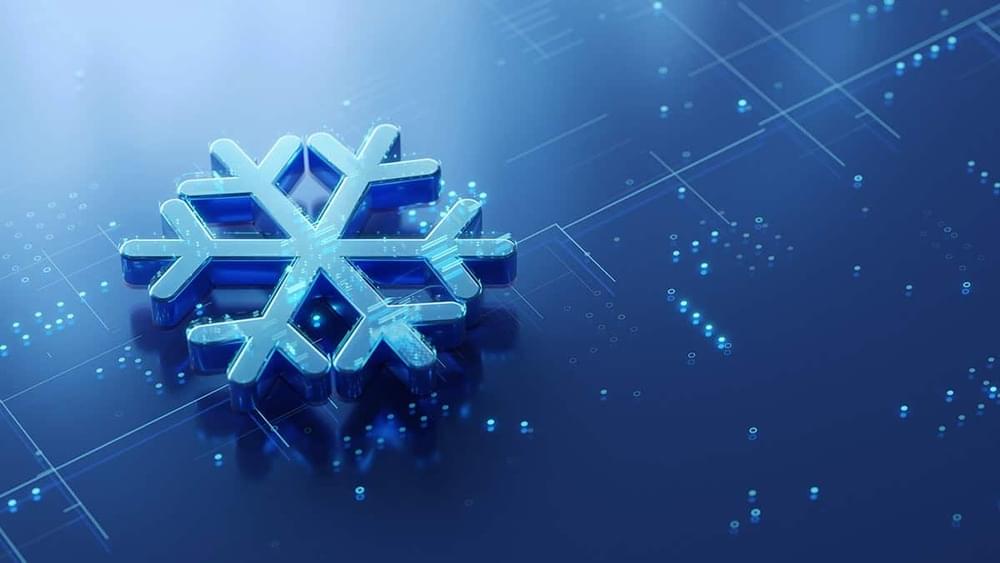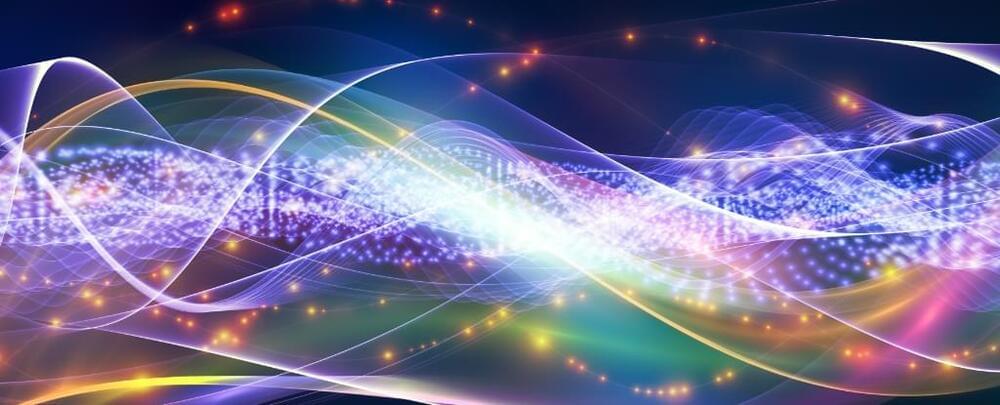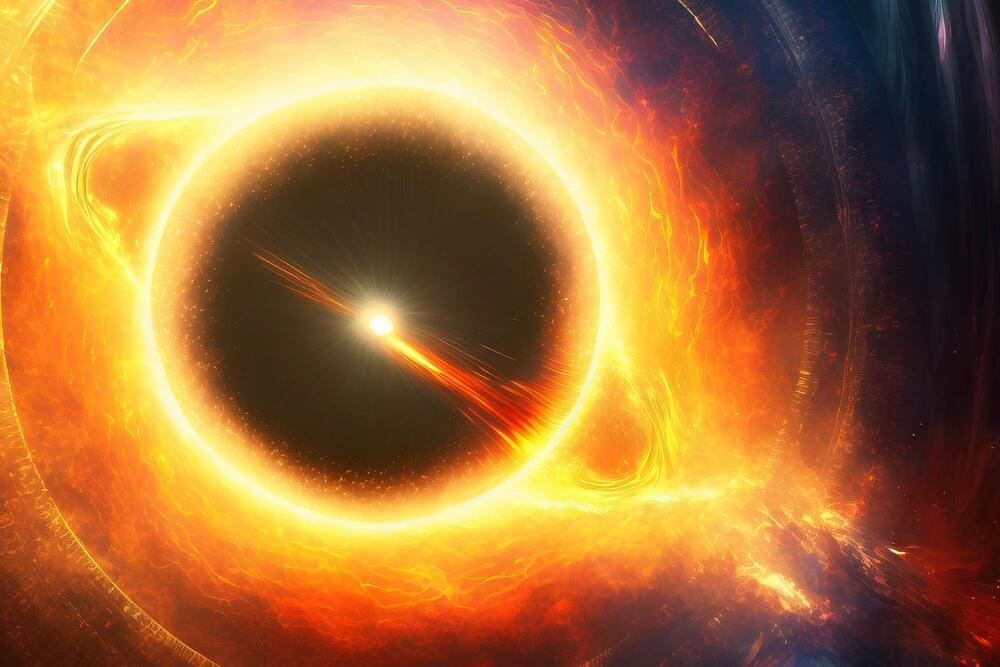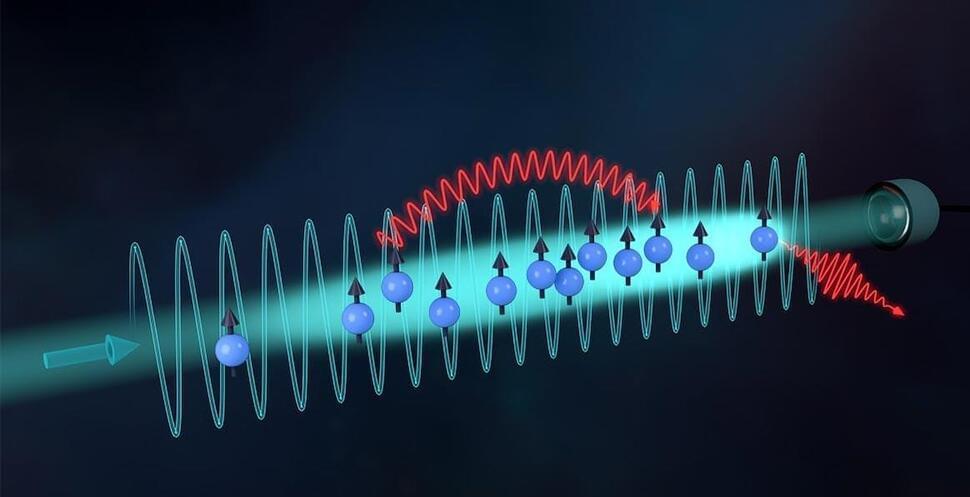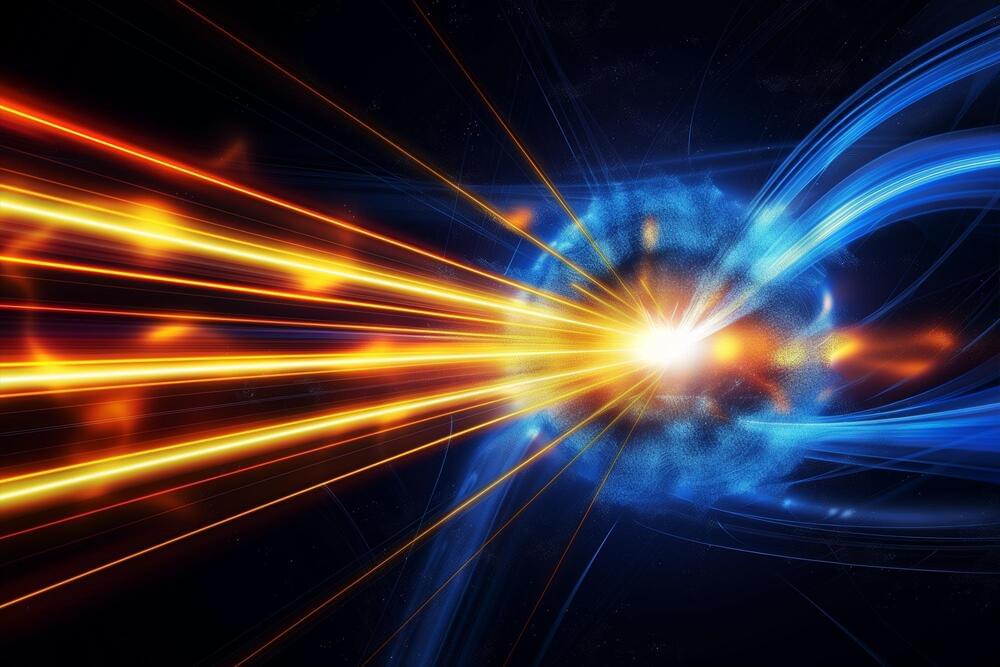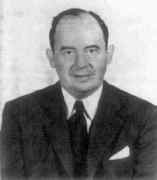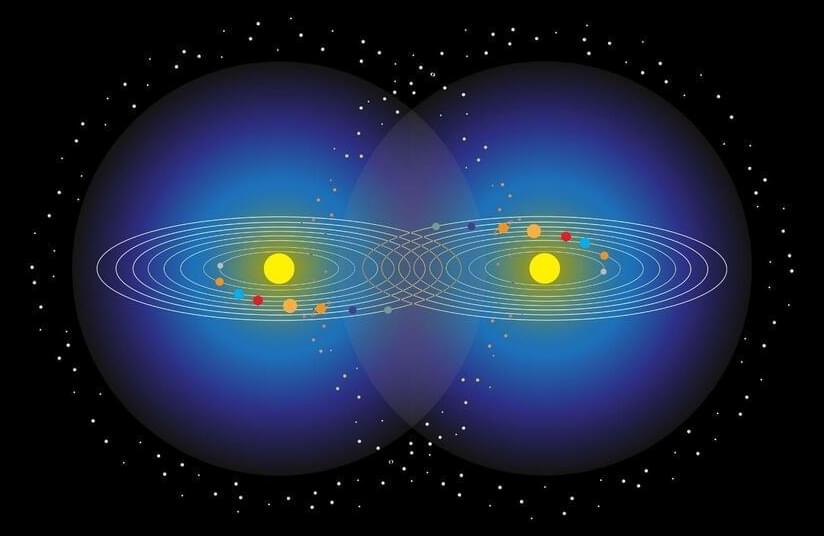2024: A year when AI, quantum computing, and cybersecurity converged to redefine our digital landscape. For those navigating these complex technological frontiers, clarity became the most critical currency.
Inside Cyber, Key moments that resonated with our community:
• Cybersecurity Trends for 2025 Diving deep into the evolving threat landscape and strategic priorities.
• AI, 5G, and Quantum: Innovation and Cybersecurity Risks Exploring the intersection of emerging technologies and security challenges https://lnkd.in/ex3ktwuF
• PCI DSS v4.0 Compliance Strategies Practical guidance for adapting to critical security standards https://lnkd.in/eK_mviZd.
Inside Cyber, Looking ahead to 2025, the convergence of AI, quantum computing, and cybersecurity will demand unprecedented collaboration, education, and strategic thinking. Our collective challenge is transforming potential vulnerabilities into opportunities for innovation and security.
Grateful to Georgetown University, our growing professional network, and the organizations committed to understanding and shaping our technological future.

